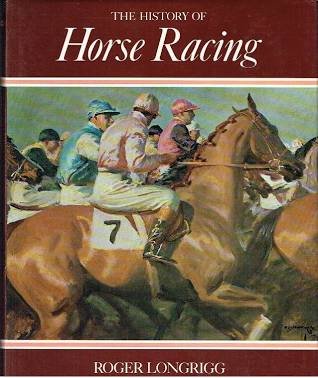The Evolution of Horse Racing in Literature
Alright, so let’s talk about the evolution of horse racing in literature. Throughout history, horse racing has captured the hearts and imaginations of people worldwide. From ancient civilizations to modern times, its allure has not faded. As a former jockey and now a history teacher, I’ve seen firsthand how the sport has been depicted in various forms of art, literature, and popular culture. It’s fascinating to see how this ancient tradition has weaved its way into the fabric of human creativity, becoming a subject of inspiration for countless writers, painters, and filmmakers. So, let’s take a closer look at how horse racing has left its indelible mark on the world of literature and beyond.
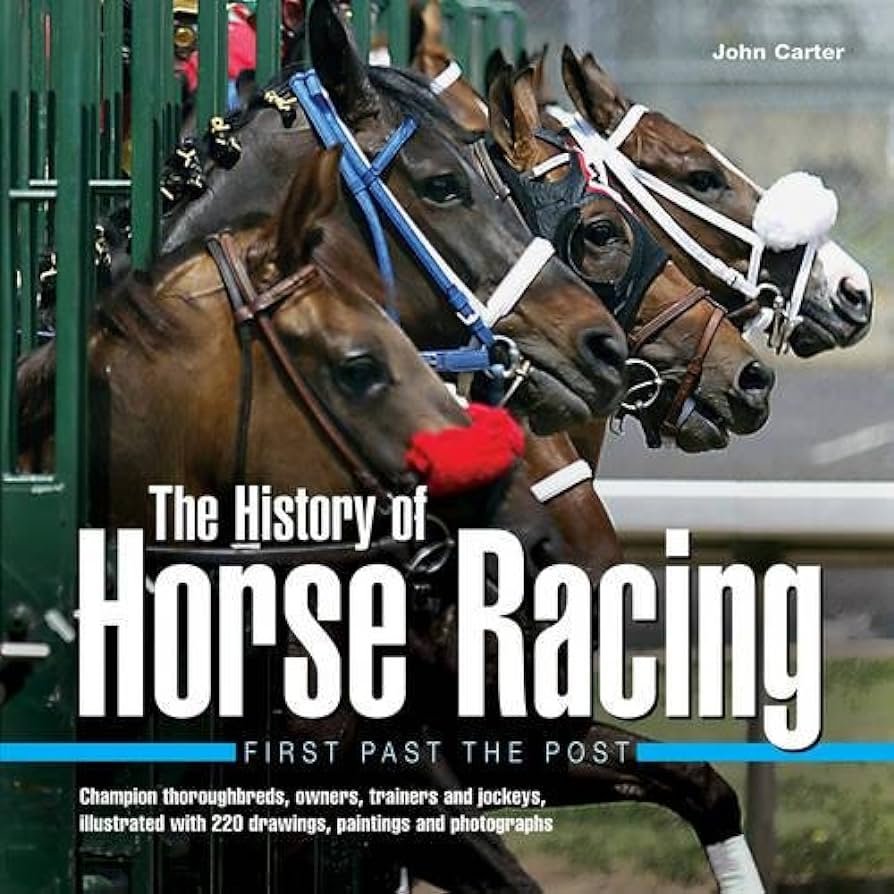
The Origins of Horse Racing in Literature
The history of horse racing can be traced back to ancient times, with early references to the sport found in various literary works. These ancient texts provide valuable insights into the origins and development of horse racing as a popular pastime.
Early references to horse racing in literature
The earliest known references to horse racing date back to ancient civilizations such as Egypt and Mesopotamia. These references can be found in ancient texts that mention the use of horses for racing and competition. For example, the Epic of Gilgamesh, an ancient Mesopotamian poem, makes mention of chariot racing, highlighting the longstanding tradition of horse racing.
In addition to the ancient civilizations of the East, horse racing also played a significant role in the literature of ancient Greece and Rome.
The influence of Greek and Roman writings
Greek and Roman literature is filled with references to horse racing, particularly in myths and legends. The Greeks, in particular, were known for their love of equestrian activities, and these cultural interests were reflected in their literary works. Greek mythology, for instance, often included stories of gods and heroes participating in horse races.
Roman writings further popularized the sport, with poets such as Virgil and Ovid referencing horse racing in their works. The Roman obsession with chariot racing also had a profound influence on horse racing in literature, as these races were often depicted in epic tales such as the Iliad and the Aeneid.
Renaissance and the literary portrayal of horse racing
During the Renaissance period, horse racing continued to capture the imagination of writers and poets. The period saw the emergence of equestrian literature, which encompassed various themes related to horses and horse racing. Prominent authors such as Giovanni Battista Giraldi and Thomas Blundeville explored the intricacies of horse training and breeding, contributing to a richer understanding of the sport.
Moreover, horse racing became a symbol of social status and power during the Renaissance. As such, it found its way into prominent works of literature, including the plays of William Shakespeare. Shakespearean plays like “Troilus and Cressida” and “Henry V” feature horse racing references, showcasing the pervasive influence of the sport during this era.
Depictions of Horse Racing in Classical Literature
Horse racing has long been a recurring theme in classical literature, appearing in various forms across cultures and time periods.
Horse racing in Greek mythology
Greek mythology is teeming with stories featuring horse racing. One notable example is the myth of Pegasus, the winged horse. Pegasus was said to have defeated all other horses in a race, earning his place in the heavens as a constellation. This myth illustrates the Greeks’ reverence for the speed and agility of horses, as well as their belief in the supernatural abilities of certain equines.
Another myth featuring horse racing is the story of Atalanta, a skilled huntress who challenged suitors to a race. Atalanta’s exceptional speed allowed her to win the race and retain her independence, making her a symbol of female empowerment.
Roman poems and epic tales featuring horse racing
In Roman literature, horse racing was often depicted in poems and epic tales. The Roman poet Ovid, in his work “Fasti,” detailed the races held during religious festivals and offered vivid descriptions of the horses and chariots competing. These accounts not only entertain readers but also provide valuable insights into the technical aspects of horse racing in ancient Rome.
The significance of chariot races in ancient literature Chariot racing held a prominent place in ancient literature, particularly among the Romans. Chariots were driven by skilled charioteers who competed in grand arenas, their races being a spectacle for the masses. These chariot races inspired numerous literary works, including the aforementioned “Iliad” and “Aeneid,” which both feature thrilling chariot race scenes.
The portrayal of chariot races in literature not only shed light on the cultural significance of the sport but also showcased the bravery, skill, and rivalry of the competing charioteers. Such depictions played an essential role in immortalizing the excitement and allure of chariot racing in the hearts and minds of readers throughout history.
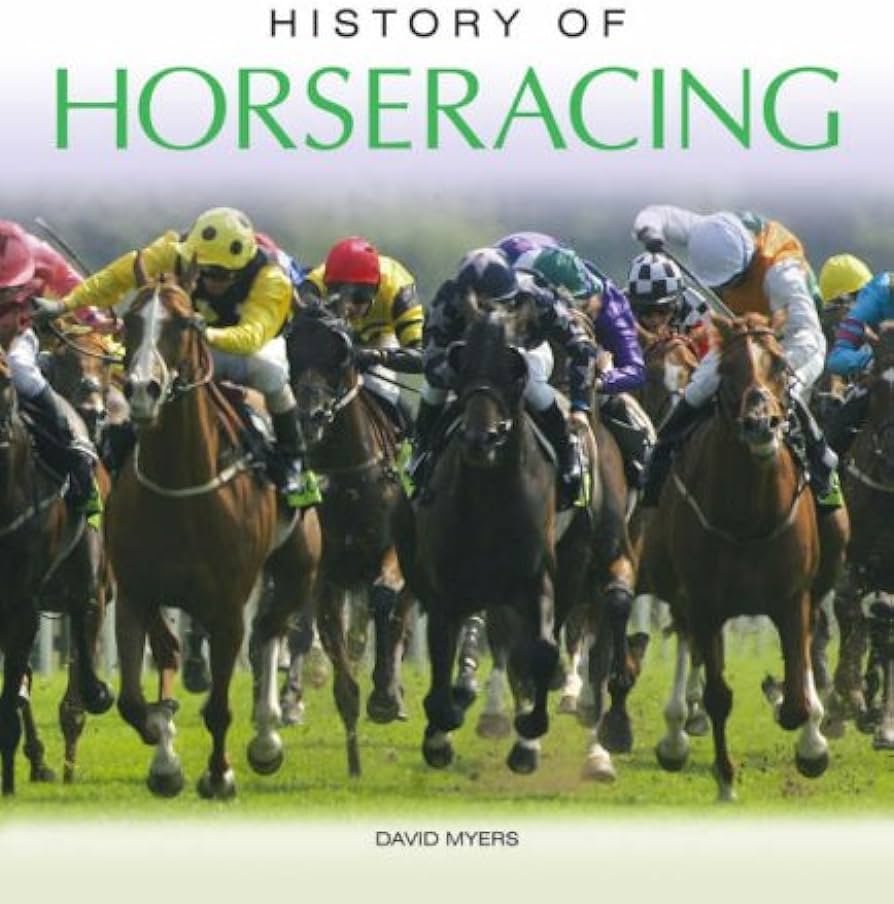
Horse Racing in Medieval Literature
The medieval period saw the continuation of horse racing traditions, albeit within the context of the chivalric romance tradition and the medieval tournament culture.
The chivalric romance tradition and horse racing
Chivalric romances, popular during the medieval period, often featured horse racing as a means for knights to demonstrate their prowess. These romances emphasized the ideals of courage, honor, and courtly love, and horse racing was a suitable activity to showcase these virtues.
Knights would participate in jousting tournaments and engage in horse races as a form of entertainment and competition. These events served as platforms for knights to display their equestrian skills and their ability to tame and control powerful steeds.
Tournaments and jousting events in literature
Medieval literature frequently depicted tournaments and jousting events, which often incorporated horse racing elements. These events showcased the physical strength, skill, and courage of knights as they competed for glory.
The Song of Roland, an epic poem from the medieval period, describes a tournament scene in which knights engage in horse races as a prelude to jousting. These descriptions captivated readers, immersing them in the thrilling atmosphere of medieval tournaments and emphasizing the central role of horses in these spectacles.
The portrayal of horse racing in medieval ballads
Medieval ballads, poetic narratives that celebrated the deeds of heroes and legends, occasionally included references to horse racing. These ballads often featured tales of daring exploits and romantic adventures, where horses played a vital role in both transport and competition.
One such ballad is “The Ballad of Chevy Chase,” which recounts a legendary hunting expedition between the English and the Scots. Horse racing is depicted in the pursuit of a magnificent stag, adding excitement and energy to the narrative.
Throughout medieval literature, horse racing served as a source of inspiration, a symbol of chivalry, and a means to galvanize readers with tales of valor and adventure. Its presence in these literary works further solidified its status as a beloved and enduring sport.
Horse Racing in the Renaissance and Elizabethan Era
The Renaissance and Elizabethan Era ushered in a new era of literary exploration, during which horse racing continued to exert its influence on the literary landscape.
The emergence of equestrian literature
The Renaissance saw a surge in equestrian literature, works dedicated to horsemanship, and in particular, horse racing. These texts provided practical guidance on all aspects of horses, including breeding, training, and care, and added depth to the portrayal of horse racing in literature.
Prominent authors such as Gervase Markham and William Cavendish contributed to this burgeoning genre, offering insights into the intricacies of horse racing and highlighting the importance of equestrian pursuits during this period.
Horse racing as a symbol of social status and power
In both the Renaissance and the Elizabethan Era, horse racing emerged as a symbol of social status and power. The ownership and participation in horse racing were seen as a reflection of one’s wealth and influence. As a result, horse racing became a recurrent motif in literature, often used to highlight the opulence and grandeur of characters or to convey their ambition and desire for recognition.
Shakespearean plays and horse racing references
The works of William Shakespeare, renowned playwright of the Elizabethan Era, contain references to horse racing. In “Troilus and Cressida,” a tragic play set during the Trojan War, the characters Nestor and Ulysses engage in a metaphorical horse race as they vie for supremacy through their words and actions.
Similarly, “Henry V,” one of Shakespeare’s historical plays, features a horse race as part of the festivities surrounding a betrothal ceremony. This race serves as a backdrop for the characters to showcase their wit, camaraderie, and competitive spirit.
Shakespeare’s inclusion of horse racing in his plays demonstrates the sport’s pervasive presence in the cultural consciousness of the time and its ability to convey complex themes and emotions.
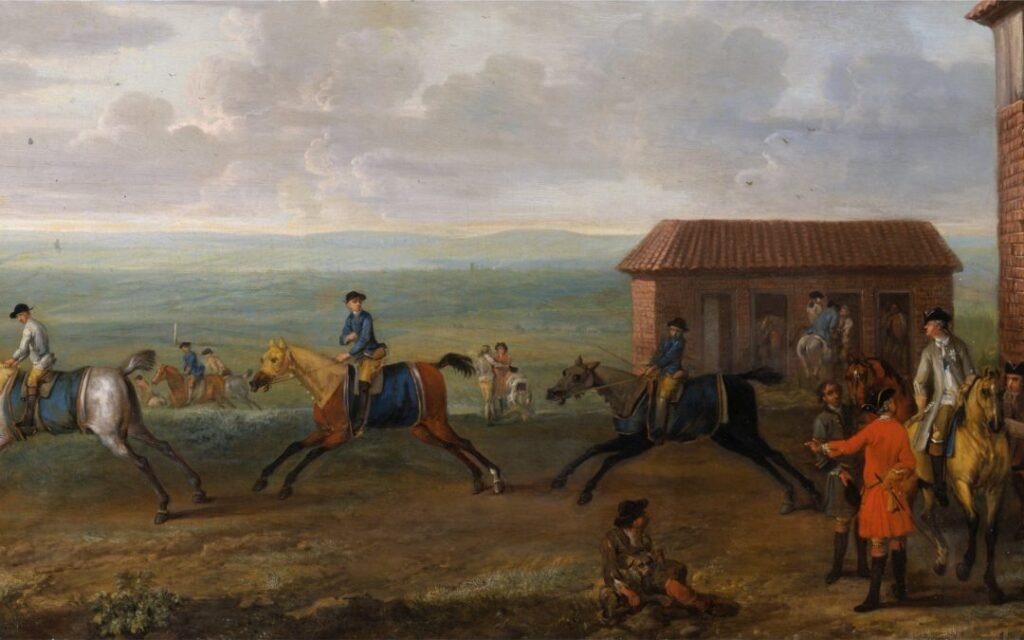
Horse Racing in the Romantic Movement
The Romantic Movement, characterized by an appreciation for nature, emotion, and individualism, also found inspiration in horse racing.
The representation of horse racing in Romantic poetry
Romantic poets often explored the themes of freedom, adventure, and the untamed spirit of nature, all of which found resonance in horse racing. The sport epitomized the idea of seizing the moment, embracing the exhilaration of speed, and seeking a communion with nature.
Poets such as Lord Byron, John Keats, and Percy Bysshe Shelley incorporated horse racing imagery and metaphors into their works. In poems like Byron’s “Mazeppa” and Keats’ “Ode to the West Wind,” horse racing served as a symbol of liberation and transcendence, capturing the spirit of the Romantic Movement.
Equestrian sports and aesthetics in Romantic art
In addition to literature, horse racing influenced the visual arts of the Romantic period. Paintings and sculptures depicted horses in motion, capturing their grace, power, and energy. Romantic artists celebrated the symbiotic relationship between horse and rider, capturing the spirit of unity and freedom that horse racing embodies.
The Romantic Movement’s emphasis on strong emotions and the sublime aligned well with the drama and intensity of horse racing. Artists such as Théodore Géricault and Eugène Delacroix immortalized the sport in their works, showcasing the dynamic nature of horse racing.
The influence of horse racing on Romantic novels
In Romantic novels, horse racing often served as a narrative device to drive the plot forward and develop characters. The passion and excitement associated with horse racing enhanced the sense of adventure and drama in these novels.
One notable example is “Black Beauty” by Anna Sewell, a novel that follows the life of a horse named Black Beauty. Horse racing scenes in the book highlight the dangers and cruelty associated with the sport while also showcasing the bond between horse and rider.
Horse racing in Romantic literature reflected the movement’s themes of passion, individualism, and transcendence, contributing to the rich tapestry of the era’s artistic and literary landscape.
Horse Racing in Victorian Literature
The Victorian era saw a surge in the popularity of horse racing, both as a sport and as a subject of literary exploration.
The popularity of horse racing in Victorian society
Horse racing reached new heights of popularity during the Victorian era, with the growth of racecourses, the establishment of the Jockey Club, and the advent of prize money. Horse racing became a favorite pastime for the upper classes, who reveled in the excitement and social status associated with the sport.
In response to this heightened interest, Victorian writers often incorporated horse racing into their works, capturing its atmosphere and providing social commentary on the era.
Depictions of horse racing in Charles Dickens’ novels
Charles Dickens, one of the most renowned Victorian authors, frequently depicted horse racing in his novels. In works like “Dombey and Son” and “The Old Curiosity Shop,” horse racing scenes were used to illustrate the extremes of human striving and the potential for both triumph and tragedy within the sport.
Dickens’ portrayal of horse racing reflects the pervasive influence of the sport in Victorian society, where it offered an outlet for both the ambitions and the foibles of individuals.
The role of horse racing in Gothic literature
Gothic literature, a popular genre in the Victorian era, often incorporated horse racing into its narratives. The tumultuous nature of the sport mirrored the dark and mysterious themes of Gothic novels, adding depth and intensity to the stories.
Horse racing scenes in Gothic literature emphasized the thrill and danger associated with the sport, heightening the sense of suspense and foreboding. In works like Bram Stoker’s “Dracula” and Mary Shelley’s “Frankenstein,” horse racing served as a backdrop for key dramatic moments and added an air of unease to the narrative.
Horse racing in Victorian literature captured the zeitgeist of the era, reflecting the sport’s growing prominence and its ability to captivate both participants and spectators.
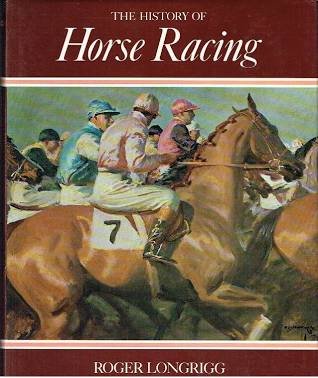
The Modern Era of Horse Racing Literature
As horse racing continued to evolve, so too did its depiction in literature, marking the intersection of tradition and modernity.
20th-century literary works centered on horse racing
Horse racing remained a popular topic in literature during the 20th century, with authors exploring the intricacies of the sport and its impact on individuals and society.
Novels such as “Seabiscuit” by Laura Hillenbrand and “National Velvet” by Enid Bagnold brought horse racing to a wider audience, shedding light on the fascinating stories behind the horses, jockeys, and trainers involved in the sport. These works captured the drama, excitement, and human emotions that accompany horse racing.
The portrayal of horse racing in contemporary fiction
Contemporary authors continue to explore horse racing as a theme in their works, offering fresh perspectives on the sport. From the gritty world of horse racing in Jaimy Gordon’s “Lord of Misrule” to the exploration of race, class, and gender in Jaquira Díaz’s “Ordinary Girls,” horse racing serves as a vehicle to delve into broader societal issues.
These contemporary works often provide a nuanced understanding of the sport, transcending its surface glamour to reveal the complexities and challenges that lie beneath.
Horse racing memoirs and non-fiction books
Horse racing memoirs and non-fiction books have also gained popularity, allowing readers to delve into the real-life experiences of those involved in the sport. Jockeys, trainers, and owners share their personal stories, providing insights into the demanding and often perilous world of horse racing.
These memoirs and non-fiction books contribute to a deeper understanding of the sport, uncovering the triumphs and tragedies that both shape and are shaped by horse racing.
The modern era of horse racing literature showcases the continued fascination with the sport, blending tradition with contemporary sensibilities and offering readers a diverse range of perspectives.
Horse Racing in Art
Throughout history, horse racing has inspired artists to capture the beauty, energy, and drama of the sport in their works.
Depictions of horse racing in paintings and sculptures
Paintings and sculptures have served as a medium for artists to immortalize the spirit of horse racing. From ancient Greek pottery depicting chariot races to elegant equestrian portraits in the Renaissance, artists have sought to convey the power and grace of horses in motion.
During the 18th and 19th centuries, horse racing scenes became a popular subject for both established and emerging artists. Painters like George Stubbs dedicated their works to portraying the anatomy and action of horses, while renowned sculptors like Antoine-Louis Barye captured the energy and dynamism of races in their bronze sculptures.
The role of horse racing in art movements
Horse racing has also influenced various art movements throughout history. The Impressionist movement, for instance, sought to capture the fleeting moments of light and movement, which made it a natural fit for representing horse racing. Artists such as Edgar Degas often depicted horse racing scenes, using loose brushstrokes and vibrant colors to create a sense of immediacy and atmosphere.
The Cubist movement, characterized by fragmented forms and multiple perspectives, also found inspiration in horse racing. Pablo Picasso’s iconic painting “Les Demoiselles d’Avignon” includes a reference to a horse race, demonstrating the movement’s exploration of multiple viewpoints and dynamic motion.
Famous artists inspired by horse racing
Numerous famous artists have drawn inspiration from horse racing, infusing their works with the excitement and energy of the sport. Édouard Manet, Winslow Homer, and Gustave Doré are just a few examples of artists who used horse racing as a subject in their paintings and illustrations.
These artists utilized various artistic styles and techniques to capture the essence of horse racing, immortalizing the sport in timeless works of art.
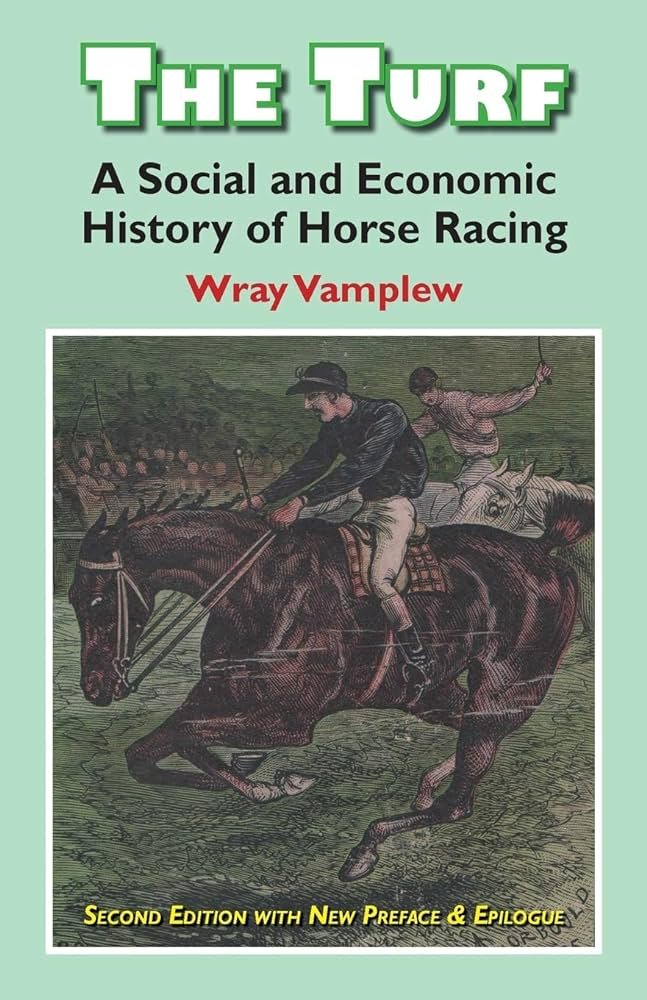
Horse Racing in Popular Culture
Horse racing has not only left an indelible mark on literature and art but has also made its way into various forms of popular culture.
Horse racing in films and television
Horse racing has been a popular subject in films and television shows throughout history. From classic films like “Seabiscuit” and “National Velvet” to contemporary productions like “Secretariat” and the series “Luck,” the sport has provided a rich backdrop for captivating stories of triumph, camaraderie, and human-drama.
These visual mediums have enabled audiences to experience the thrill of horse racing on-screen, immersing them in the action and the emotional journeys of the characters involved.
Songs and music influenced by horse racing
Horse racing has also influenced the world of music, with songs dedicated to capturing the spirit of the sport. From traditional folk ballads to rock anthems, horse racing has provided a lyrical inspiration for musicians.
Songs like “The Racehorse Song” by Woody Guthrie and “The Winner” by Bobby Bare evoke the vibrant imagery and the sense of anticipation associated with horse racing. These songs allow listeners to immerse themselves in the atmosphere and excitement of the sport.
Horse racing video games and digital media
In the realm of digital media, horse racing has carved out a place in popular culture through video games and online platforms. Horse racing video games, both realistic simulations and arcade-style competitions, allow players to experience the thrill of racing firsthand.
Furthermore, the advent of online platforms and social media has amplified the presence of horse racing in popular culture. Racing enthusiasts can engage with online communities, access streaming services to watch live races, and immerse themselves in the digital world of horse racing through interactive websites and applications.
Horse racing’s presence in popular culture has expanded its reach, making it accessible and enjoyable for a diverse range of audiences.
The Influence of Horse Racing Literature on the Sport
Throughout history, literature has played a pivotal role in shaping the perception of horse racing and in promoting the sport to wider audiences.
The impact of literature in promoting horse racing
Literature has contributed to the popularization and promotion of horse racing by captivating readers with stories and insights into the sport. Authors have utilized vivid descriptions and vivid storytelling techniques to immerse readers in the world of horse racing, generating interest and enthusiasm in the sport.
Literary works have also showcased the dedication, skill, and courage required in horse racing, allowing readers to appreciate the athleticism and artistry involved in this unique pursuit.
The relationship between horse racing and literary events
Literary events, such as book readings and literary festivals, have served as platforms to celebrate horse racing literature. These events provide opportunities to discuss and explore the historical and cultural significance of horse racing in literature, fostering a deeper appreciation for the sport.
Conversely, horse racing events often incorporate elements of literature to engage and entertain spectators. Thematic races and literary-themed promotions create connections between the sport and literary works, enriching the overall experience for attendees.
Literature’s role in shaping the perception of horse racing
Literature has influenced the perception of horse racing as not just a sport but a cultural phenomenon. Through vivid descriptions and complex characterizations, literary works have humanized the world of horse racing, inviting readers to empathize with the individuals and horses involved.
Moreover, literature has shed light on the broader social, economic, and historical contexts in which horse racing exists. It has explored themes of class, gender, and identity, offering nuanced perspectives on the complexities of the sport and its impact on society.
In conclusion, horse racing has an extensive history in literature, art, and popular culture. From its origins in ancient civilizations to its continuous portrayal in contemporary works, the sport has captivated the imaginations of writers, artists, and audiences alike. Through literature, horse racing has been immortalized, celebrated, and examined from multiple angles, providing a rich tapestry of stories, insights, and reflections on the enduring allure of the sport. History of Horse Racing. History of Horse Racing. History of Horse Racing. History of Horse Racing. History of Horse Racing.

